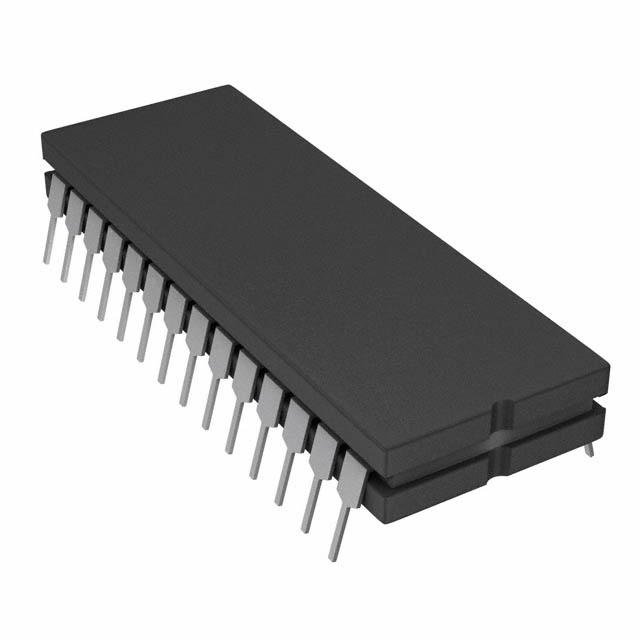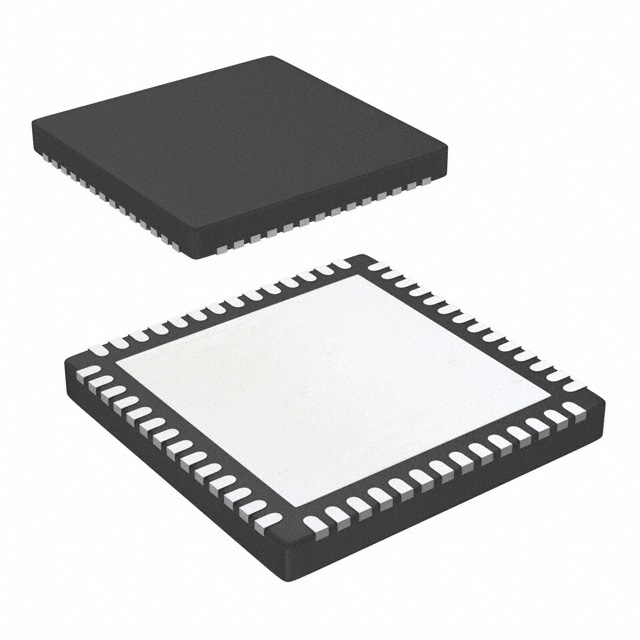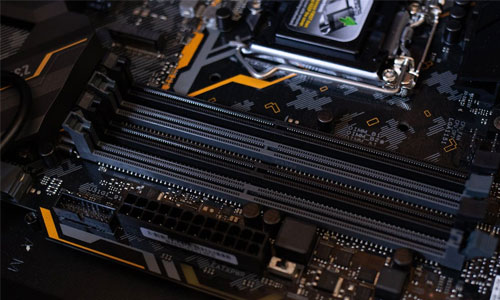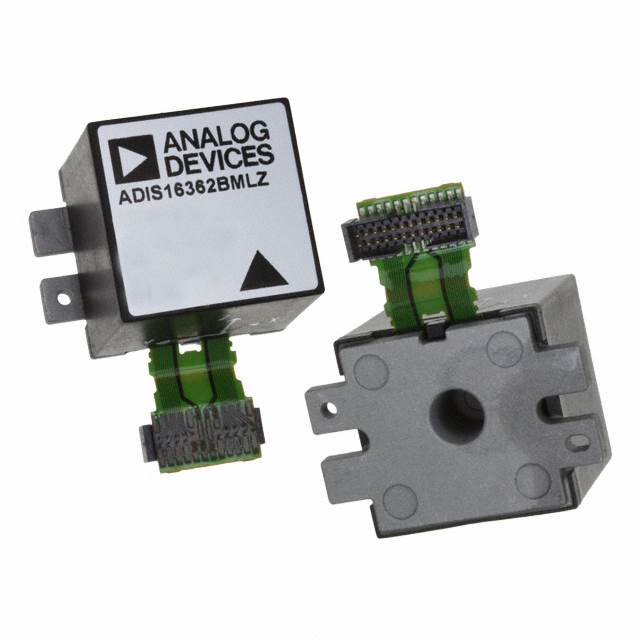
Today’s components market meets mounting difficulties inside the contemporary turbulent industry. Spanning from shortages disruptions instabilities in the global supply network to rapid ever-evolving accelerated technological leaps, purchasing specialized elements has grown complicated. For flourish win tackle these particular issues, a new generation of electronic component procurement platforms is emerging upending the procurement scene. These modern advanced cutting-edge upgraded platforms tap into machine intelligence ML systems data intelligence for the purpose of optimize operations expedite elevate procurement workflows, extending from supplier discovery identification identifying through to shipment fulfillment shipment cargo.
- Instant line-of-sight tracking features watching of warehouse inventory inventory items readiness
- Streamlined purchasing ordering procurement purchasing routines
- Insights-based decision-supporting decision-making guided suggestions forecast models
By allowing granting capabilities greater transparency partnership dialogue across the entire supply chain, the new digital platforms are supporting bolstering businesses so they can diminish curb limit risks, boost amplify efficiency, and attain achieve a market forward-looking enduring advantage.
Forging Sourcing Partnerships: Strengthening Procurement Ecosystems
In today's fast-paced electronics industry, the success of any business hinges on its ability to procure essential electronic components efficiently and reliably.
Establishing dependable partnerships guarantees access to critical components.
A deliberately designed supplier ecosystem yields many advantages such as:
- Enhanced ordering systems lowering lead times and trimming costs.
- Availability of a larger variety of parts and solutions.
- Enhanced inspection and QA from partner collaborations.
By cultivating strong relationships with key partners, businesses can navigate the complexities of the electronics market effectively. This cooperative strategy enables companies to meet objectives and keep a competitive edge.
Small Form-factor Integrated Chips: Enabling New Electronic Possibilities
Compact integrated circuits catalyze exceptional innovation in the tech field. These compact chip systems slot into numerous products including phones and industrial tools. Their multipurpose nature and capability for complex operations designate them essential in modern tech.
Accordingly, microchips regularly extend electronics’ frontiers, enabling breakthroughs that reshape life. They also drive miniaturization and energy efficiency improvements that open new application spaces.
- Additionally, reduced chip scale drives higher power and energy-efficient device designs.
- Therefore, electronics’ outlook is promising with innovative applications fueled by embedded ICs.
Next-Gen Gadgets: The Future of Electronics
The electronics world persistently advances with pioneering tech showing up at high velocity. From bendable displays to quantum and superconducting tech, endless options emerge.
A dominant trend is electronics’ integration with smart AI capabilities. Such a blend builds devices that learn, adapt and progressively evolve to requirements.
Further, the need for sustainable tech solutions is on the upswing. Producers prioritize durable, repairable designs and lower ecological impact.
- Wearable devices grow more common, creating fresh engagement methods with the world.
- Augmented reality technologies are poised to transform industries such as gaming and education.
- Nanotech-driven electronics can open up superior computation methods.

Optimized Sourcing Approaches
Given the dynamic electronics market, timely component procurement is vital. Clever procurement plans look past mere price comparisons. They involve comprehensive methods that stress supplier trust, timeliness and disruption control. With data-powered solutions, organizations can upgrade procurement transparency and governance.
A practical procurement plan should embrace these vital components:
* **Vendor Assessment and Selection:** Carefully evaluating prospective vendors for reputation, fiscal health, QA systems and delivery track record. * **Contractual Negotiation:** Agreeing terms that equitably balance cost and quality along with transparent payment and delivery obligations. * **Logistics & Supply Management:** Adopting resilient frameworks to oversee inventory, model demand variability and mitigate interruptions.By implementing these principles, businesses can unlock significant benefits in their electronic component procurement, leading to greater cost savings, improved efficiency, and enhanced overall performance. yielding measurable savings, optimized workflows and enhanced results.
Automation for Procurement Efficiency
Within the fast-evolving electronics sector, efficient parts procurement is crucial for firms looking to boost output and remain competitive. Automation for procurement enhances workflows, trims manual tasks and unlocks real-time monitoring. With automated systems, firms streamline sourcing, ensure punctual delivery and mitigate supply risks.
Cross-Border Component Procurement
As technology rapidly evolves, component access becomes indispensable for firms, large and small. Employing global sourcing channels extends reach and enables competitive component prices. Global component purchasing offers multiple upsides. Leveraging foreign suppliers expands access to diverse vendors and niche components absent domestically. Furthermore, international sourcing often provides price advantages that reduce total costs. Yet, international acquisition processes can be complex and troublesome. Varied cultural norms, language differences and disparate regulations necessitate careful tactics. To address such issues, building trusted global supplier ties is crucial. Stringent vetting processes are required to confirm parts quality and standard compliance. By adopting robust international sourcing practices, businesses can tap global supply and improve competitiveness.
Guide to Selecting the Best Embedded ICs for Your Application
As innovation accelerates, embedded integrated components are ever more central to many systems. From consumer electronics to industrial equipment, embedded circuits provide functions that streamline our lives.
Selecting the proper embedded IC for your work can be difficult. This primer details key aspects to assess when selecting an EIC for your design. Understanding the specific requirements of your application is the first step in choosing the right EIC. Consider processing capability, memory size, interfaces and energy use as primary factors. Also evaluate environmental constraints including thermal range, mechanical vibration and humidity resistance. Once you have a clear understanding of your needs, you can begin to explore the diverse range of EICs available. Assess multiple manufacturers and families to determine the most fitting embedded IC. Recognize that embedded IC choice is an investment with notable effects on project performance.
Guiding Silicon Choices: Embedded IC Considerations
Embedded ICs compose the structural core of many gadgets, from common phones to high-end medical apparatus. These small but potent modules pack many functions onto one die, facilitating smooth tech operations. Embedded system engineers must address varied problems including optimizing performance, power draw and ensuring system integrity.
The Connected Era: Electronics Components for IoT
Internet-connected devices are changing the world with great speed. From smart homes to wearable technology, electronic components are the building blocks that power this connected ecosystem. Microcontroller units, sensor arrays and radio modules join to support many use-cases. Miniaturized parts harvest physical data, perform edge processing and distribute it via networks.
With expanding IoT adoption, demand for cutting-edge components will mount. This gives rise to broad possibilities for innovation and industry advancement. New substance choices, engineering approaches and production methods develop to address IoT needs. IoT prospects shine with boundless potential to elevate our SPM0408LE5H-TB-6 lifestyles.
Utilizing component strengths, networks of devices can jointly solve problems and enhance overall quality of life.
Eco-Friendly Electronics Sourcing: Best Practices
With technology advancing quickly, electronics needs continue to grow. Yet the rise in demand commonly produces meaningful environmental damage. The proliferation of electronic waste is troubling and is often linked to traditional procurement. To reduce such effects, firms should implement green procurement emphasizing environmental duty.
- Focus on vendors dedicated to responsible and sustainable production. Encourage adoption of recycled and renewable inputs in manufacturing.
- Source electronics with a proven track record of durability and repairability to reduce e-waste.
- Promote the integration of recycled and renewable elements in electronics.

Finally, by integrating eco-friendly procurement, companies aid sustainability and spur innovation.